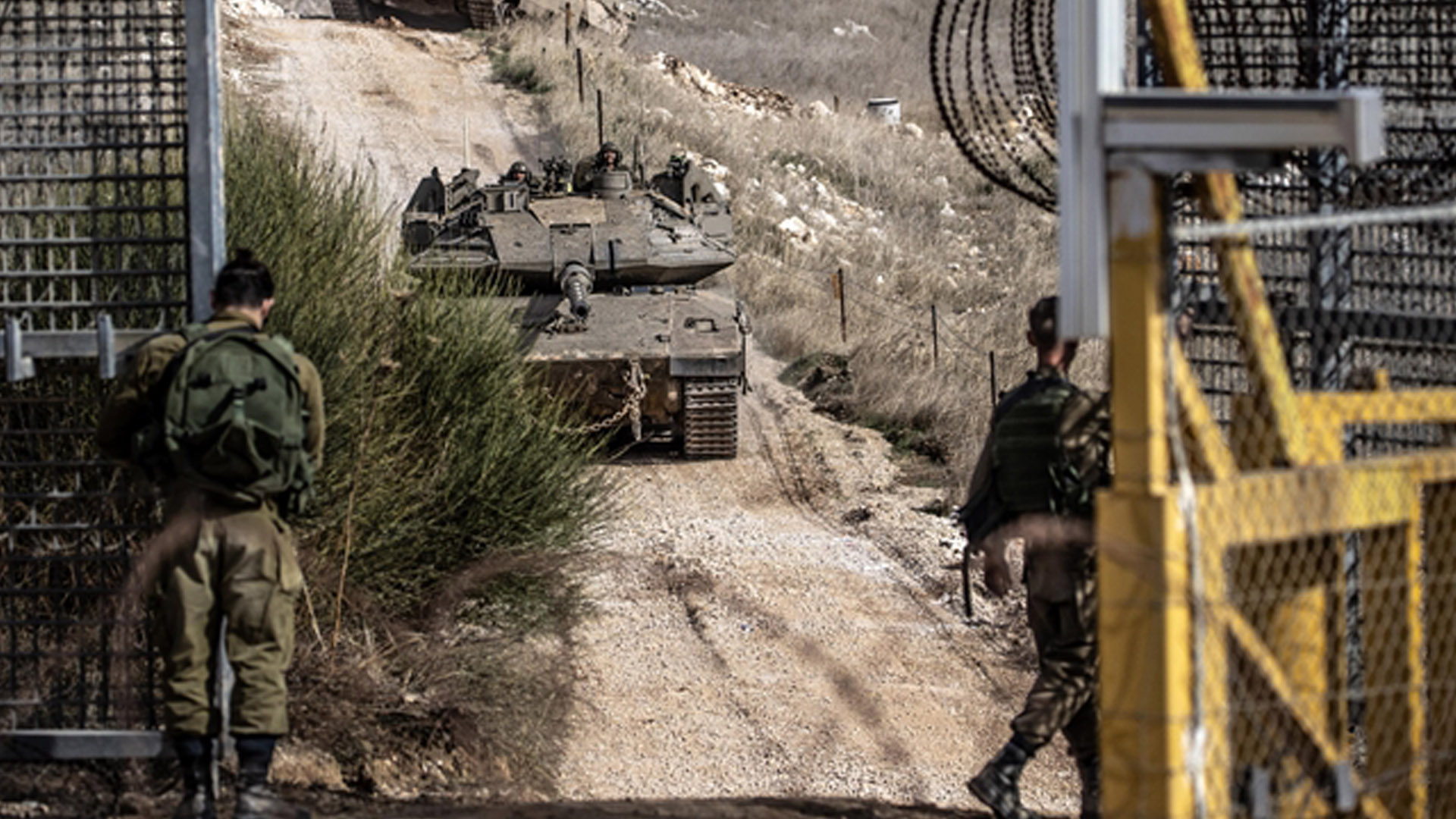
Nadine Osman
Israel’s defence minister has reaffirmed the country’s intention to occupy a swath of Syrian territory beyond its contested northern borders for an “unlimited amount of time” during a visit to Mount Hermon.
“The IDF is prepared to remain in Syria indefinitely. We will secure the Hermon region and ensure the entire security zone in southern Syria is demilitarised, free of weapons and threats,” Israel Katz declared on March 12 while visiting the peak.
Following the fall of Bashar al-Assad’s regime in December, Israeli forces seized control of a 400 sq km demilitarised buffer zone in Syrian territory. This zone, located between Syria and the Israeli-controlled Golan Heights, was established by the UN after the 1973 War. Since then, a UN peacekeeping force of around 1,100 troops has patrolled the area.
Assad’s regime was overthrown by a coalition of rebel groups, led by Hayat Tahrir al-Sham, which has roots in extremist organisations, including al-Qaida and ISIS.
The new Syrian president, Ahmed al-Sharaa, claims to have severed ties with extremist groups and promises a government that represents all citizens and respects religious tolerance.
However, Israeli officials remain wary, believing the new Syrian leadership and other armed factions in the country pose ongoing threats.
Katz emphasised that the IDF’s deployment on Mount Hermon was crucial for defending Israeli communities in the north and along the contested borders.
“Every morning when [al-Sharaa] opens his eyes at the presidential palace in Damascus, he will see the IDF watching from the peak of the Hermon, a reminder that we are here, and in the entire security area of southern Syria, to protect residents of the Golan and Galilee from any threats, including those from him and his jihadist allies,” Katz told reporters, according to the Times of Israel.
Israel’s broader goal also includes disrupting Iran’s attempts to smuggle weapons through Syria to Hezbollah, in Lebanon.
The Israeli move into Syria in December prompted widespread international condemnation, with critics accusing Israel of using Assad’s downfall as an opportunity for territorial expansion. Israel maintains control of the Golan Heights, which it captured from Syria during the Six-Day War of 1967 and later annexed—a move not recognised by most of the international community.
The Times of Israel reported that the IDF have established nine military posts in Syrian territory, including two on the 2,800-metre summit of Mount Hermon. Some of these posts occupy newly fortified former Syrian army positions.
In a speech last month, Israeli Prime Minister Benjamin Netanyahu reiterated his goal for the “complete demilitarisation of southern Syria.”
Israeli warplanes have launched hundreds of strikes since the fall of Assad to destroy military equipment left by the previous regime. Officials have described an extensive new zone across much of southwestern Syria as an area that Israel will ensure remains “demilitarised.” A fresh wave of strikes hit targets in southern Syria earlier this week.
On March 12, the Syrian Observatory for Human Rights, a monitoring group, reported that at least 1,383 civilians had been killed in executions by security forces and allied groups, following violent clashes in the coastal heartland of the Alawite minority, to which the ousted president, Bashar al-Assad, belongs.
Photo: Military mobility of Israeli army continues on the Syrian-Israeli border in the Majdal Shams region in Golan Heights after the fall of the Baath regime in Al Qunaitra, Syria on December 11, 2024. (Credit: Saeed Qaq/AA)